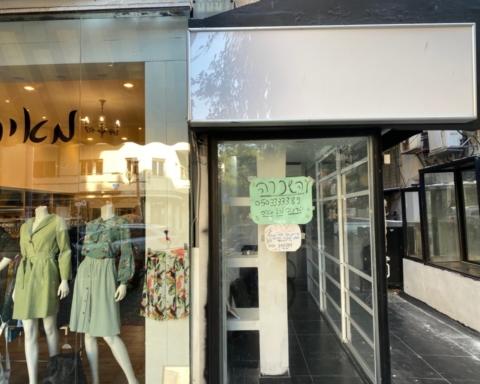Income for Israelis is finally on the rise after years of almost stagnant salaries, shows a report released by the Taub Center. Between 2012 and 2016, household disposable income increases 16% for middle class households, 13% for lower class, and 9% for upper class. The average income today falls at NIS 11,400 while the minimum wage stays stuck at NIS 5,300.
Due to growing labor markets, unemployment rates in Israel are at their lowest at 3.5%; however, only certain population groups are reaping the benefits of higher employment rates and wages.

Marginalized groups are the ones who benefit least, working more hours for less pay. Economic balance is needed to ensure that groups such as Bedouin women, now employed at a 40% rate, are able not only to sustain themselves, but also to further develop. Some groups are finding it more challenging to contribute to Israel’s blossoming modern economy. While the rate for Bedouin women is on a steady increase and almost reached Israel’s goal of 41% by 2020, Orthodox men in the workforce are facing a complete halt, employed at 49%, which is far off from the goal of 63%.
Not just minority groups but also between genders, employment and wage gaps exist. Only one third of women are being employed by the hi-tech industry. Today, about 3% of Orthodox women are employed in the hi-tech industry, up from less than 1% a decade ago.
Employment rates may have risen but standard of living is not up to par, according to the OECD. Rates have increased 1.2%, instead of the expected 2%. With the global average OECD rates at 2.2%, Israel has work to do in terms of enabling those who live in poverty to survive, sustain and succeed in a growing economy, without falling behind, and pulling Israel’s economy with it.








